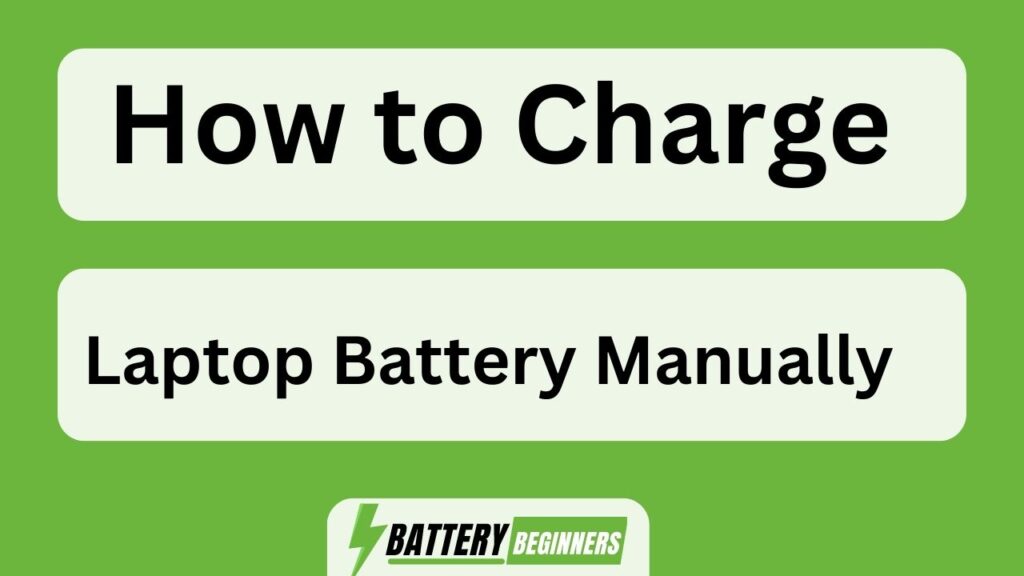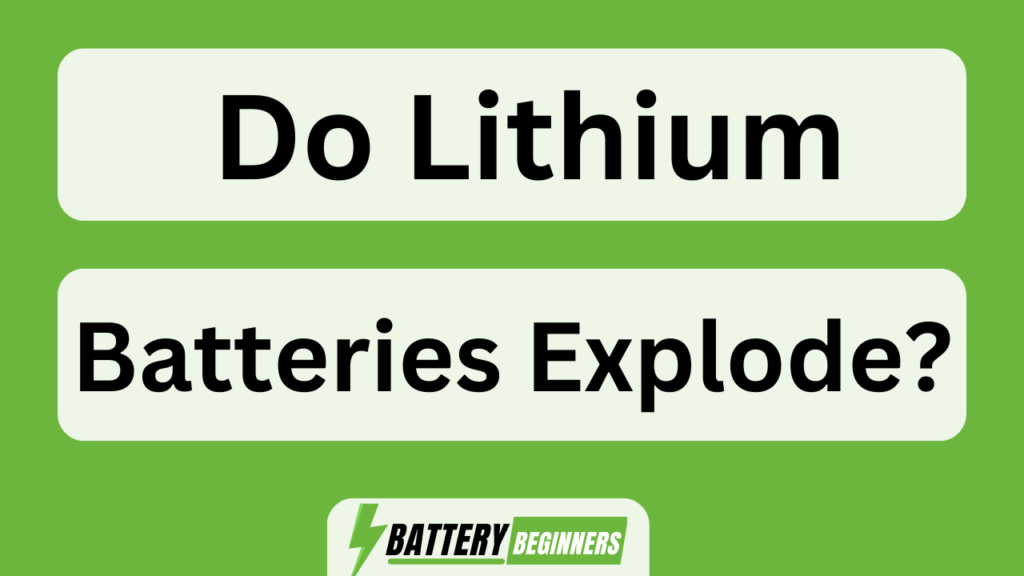Did you know that the average laptop battery lifespan is around 2-4 years?How To Charge Laptop Battery Manually
As we increasingly rely on our laptops for work, study, and entertainment, knowing how to charge the battery manually becomes essential.
In this article, we will explore various methods to effectively charge your laptop battery without relying solely on a power outlet.
By following these steps, you can ensure a longer battery life and uninterrupted productivity.
So let’s dive in and discover how to maximize your laptop’s battery potential.
Key Takeaways:How To Charge Laptop Battery Manually
- Assess battery level and health by checking the battery icon in the system tray and accessing power settings for detailed information.
- Utilize external power sources such as portable chargers, solar power, power banks, or external battery chargers to extend laptop’s battery life and ensure uninterrupted productivity.
- Optimize power settings by reducing screen brightness, adjusting sleep mode settings, disabling unnecessary background applications, and managing wireless connections.
- Limit resource-intensive tasks, close unnecessary applications, and explore other power optimization methods to improve battery life and efficiency and maximize laptop’s potential.
To assess the battery level of your laptop, you can check the battery icon in the system tray or access the power settings in the control panel. Checking battery health is crucial to understand its overall condition and capacity.
By monitoring charging speed, you can determine if your battery is functioning optimally or if it may require replacement. The battery icon in the system tray provides a visual representation of the remaining charge, while accessing power settings can provide more detailed information about battery health and estimated usage time.
Once you have assessed your laptop’s current battery level and health, you can explore alternative methods such as using a portable charger to ensure uninterrupted power supply.
Use a Portable Charger
Using a portable charger allows for an alternative method of powering the laptop. Portable charging options provide convenience and flexibility, allowing users to charge their laptop batteries on the go.
Here are four benefits of portable chargers:
- Portability: Portable chargers are compact and lightweight, making them easy to carry around in a bag or pocket.
- Versatility: These chargers often come with multiple ports and connectors, allowing them to charge various devices including laptops, smartphones, tablets, and more.
- Extended Battery Life: With a portable charger, users can extend their laptop’s battery life by recharging it whenever needed, ensuring uninterrupted productivity.
- Emergency Power Source: Portable chargers serve as a reliable backup power source during emergencies or when there is no access to electrical outlets.
Utilizing solar power provides another environmentally-friendly option for charging laptops without relying solely on traditional methods of power supply.
Utilize Solar Power
Solar power offers an eco-friendly and sustainable solution for powering laptops by harnessing energy from the sun. One way to charge a laptop battery manually is to utilize solar power through the installation of solar panels. Solar panels are designed to convert sunlight into electricity, which can then be used to charge electronic devices such as laptops.
The installation process involves positioning the panels in a location that receives ample sunlight, usually on rooftops or in open spaces.
The benefits of utilizing solar power for charging laptops are numerous. First, it reduces reliance on traditional sources of electricity, thereby minimizing carbon emissions and promoting environmental conservation. Second, it provides a cost-effective solution in the long run as solar energy is renewable and free once the initial installation costs are covered.
To further enhance portability, users can connect their solar-powered laptop chargers to a power bank for uninterrupted usage when not directly under sunlight.
Connect to a Power Bank
Connecting a power bank provides an alternative source of energy for sustaining laptop usage. Here are three key points to consider when using a power bank:
- Power bank compatibility: Before connecting your laptop to a power bank, it is essential to ensure that the power bank has the appropriate voltage and wattage specifications required by your laptop. Using an incompatible power bank may result in insufficient charging or even damage to your device.
- Power bank charging speed: Different power banks have varying charging speeds, which can affect the time it takes to charge your laptop battery. It is advisable to choose a power bank with fast-charging capabilities to minimize downtime and maximize productivity.
- Portability and capacity: When selecting a power bank, consider its portability and capacity. Opt for a compact and lightweight option that suits your needs without compromising on its ability to provide sufficient charge for extended periods of use.
Transitioning into the subsequent section about ‘use an external battery charger’, exploring alternative methods of manually charging a laptop battery becomes crucial for uninterrupted work or leisure activities.
Use an External Battery Charger
An alternative method for replenishing a laptop’s power source involves employing an external battery charger. This device allows users to charge their laptop battery without having to connect it to a power outlet directly.
The external battery charger typically comes with multiple charging ports and is compatible with various laptop models. Some chargers even offer the option of utilizing solar power, allowing users to harness renewable energy sources for charging their laptops. This not only provides convenience but also promotes eco-friendly practices.
By using an external battery charger, individuals can ensure continuous usage of their laptops even when they don’t have access to a power outlet. Furthermore, this method eliminates the need for carrying bulky power banks or relying solely on traditional electrical sockets.
To explore another option, one can consider purchasing a spare battery as an alternative solution for powering a laptop on-the-go.
Purchase a Spare Battery
Purchasing a spare battery can provide an alternative solution for ensuring uninterrupted power supply to a laptop when access to a power outlet is limited. By having an extra battery, users can easily swap the drained battery with a fully charged one, thereby extending the laptop’s usage time. However, it is important to consider certain factors when purchasing a spare battery. First, one should ensure that the spare battery is compatible with their specific laptop model to avoid any compatibility issues. Additionally, it is essential to take into account the battery lifespan of the spare battery and choose one that offers optimal performance and longevity. By considering these factors, users can effectively utilize a spare battery as part of their portable power solution. In order to further optimize power settings and maximize laptop efficiency, it is advisable to explore other methods such as adjusting screen brightness or disabling unnecessary background processes.
NEXT SUBTOPIC: ‘Optimize Power Settings’
Optimize Power Settings
To enhance the efficiency of power consumption, adjusting power settings on a laptop can be an effective method. By optimizing power settings, users can improve battery life and extend battery power.
Here are four ways to accomplish this:
- Reduce screen brightness: Lowering the screen’s brightness level helps conserve energy and prolongs battery life.
- Adjust sleep mode settings: Set shorter time intervals for the laptop to enter sleep or hibernate mode when not in use.
- Disable unnecessary background applications: Closing unused programs and disabling auto-start features prevent unnecessary drain on the battery.
- Manage wireless connections: Turning off Wi-Fi and Bluetooth when not needed reduces power consumption.
By implementing these adjustments, users can maximize their laptop’s battery efficiency and extend its lifespan.
To further optimize power usage, limiting resource-intensive tasks is another crucial step to consider.
Limit Resource-Intensive Tasks
To further optimize power settings, another effective strategy is to limit resource-intensive tasks. Resource-intensive tasks such as running multiple applications or programs simultaneously can significantly drain the laptop battery. By minimizing these activities, users can reduce power consumption and extend battery life.
One way to identify resource-intensive tasks is through monitoring the CPU and memory usage of different applications. This can be done by using task manager tools or system monitoring software that provide real-time data on resource usage. By analyzing this information, users can determine which applications are consuming excessive resources and take appropriate action to close or pause them when not in use.
By limiting resource-intensive tasks, users can effectively conserve battery power and maximize its lifespan. The next section will discuss the importance of closing unnecessary applications to further enhance battery performance without compromising functionality.
Close Unnecessary Applications
Closing unnecessary applications is an effective approach to optimize battery performance and enhance the overall functionality of a laptop. By closing unused applications, users can extend battery life and conserve energy.
When multiple applications are running simultaneously, they consume significant amounts of CPU power and memory, leading to increased energy consumption and reduced battery life. Closing these applications frees up system resources, allowing the laptop to operate more efficiently and use less power.
Moreover, unnecessary applications often run processes in the background that continually drain the battery even when not actively used by the user. By closing such applications, users can prevent these background activities from depleting the battery unnecessarily.
To maintain proper laptop battery care and usage, it is essential to implement practices that maximize efficiency while minimizing energy consumption without compromising functionality or performance.
Maintain Proper Laptop Battery Care and Usage
Maintaining proper laptop battery care and usage involves implementing practices that optimize efficiency, minimize energy consumption, and ensure optimal performance.
To extend the battery lifespan, it is crucial to avoid common battery charging mistakes. One such mistake is leaving the laptop plugged in all the time, as this can lead to overcharging and reduce the battery’s capacity over time. It is recommended to unplug the laptop once it reaches full charge or keep it between 20-80% charge for extended periods.
Additionally, avoiding extreme temperatures, both high and low, can help prolong the battery’s life. Furthermore, ensuring proper ventilation and keeping the laptop clean from dust and debris can prevent overheating, which negatively impacts battery performance.
By following these guidelines diligently, users can enhance their laptop battery’s longevity while maintaining efficient usage.
Frequently Asked Questions
Can I use a regular phone charger to charge my laptop battery manually?
Using a regular phone charger to charge a laptop battery manually can be risky and may cause damage to the laptop. It is advisable to explore alternative methods for manually charging a laptop battery to ensure its longevity and proper functioning.
How long does it take to fully charge a laptop battery using a portable charger?
The time it takes to fully charge a laptop battery using a portable charger depends on the charging speed, which varies depending on the charger’s specifications. However, it is important to note that frequent fast charging can negatively impact the overall lifespan of the battery.
Are there any specific power banks that are recommended for charging laptop batteries?
Some recommended power banks for charging laptop batteries are the Anker PowerCore+ 26800 PD and the RAVPower 26800mAh. However, alternative charging methods such as using a wall charger or docking station may also be compatible.
Can I charge my laptop battery using a solar power bank indoors?
Solar power banks can be used to charge laptop batteries indoors, but their efficiency may vary depending on the capacity and quality of the power bank. Alternative ways of charging laptop batteries indoors include using AC adapters or portable chargers specifically designed for laptops.
Is it safe to leave my laptop plugged in even after it has reached 100% battery level?
Leaving a laptop plugged in after reaching 100% battery can negatively impact its lifespan. Continuous charging at full capacity leads to increased heat generation, which can degrade battery health over time. Additionally, it consumes unnecessary energy and contributes to higher electricity costs.
Conclusion
In conclusion, there are several methods to charge a laptop battery manually without relying solely on a power outlet. Assessing the battery level and using portable chargers, solar power, power banks, or external battery chargers can provide alternative charging options.
Optimizing power settings and limiting resource-intensive tasks can also help prolong battery life. Additionally, practicing proper laptop battery care and usage will ensure optimal performance in the long run.
Remember, taking proactive measures to charge your laptop ‘off the grid’ can be a game-changer for those always on the move.






